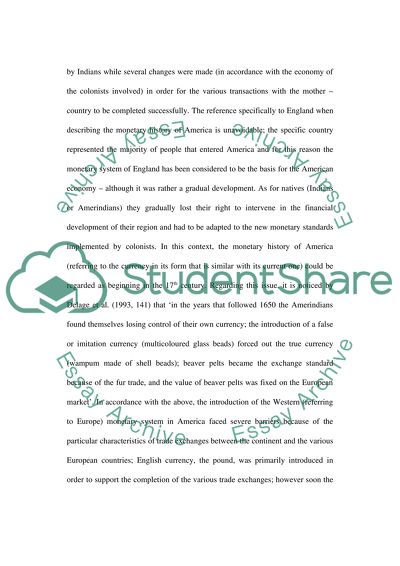Cite this document
(A History of American Currency Coursework Example | Topics and Well Written Essays - 1750 words, n.d.)
A History of American Currency Coursework Example | Topics and Well Written Essays - 1750 words. https://studentshare.org/finance-accounting/1546296-a-history-of-american-currency
A History of American Currency Coursework Example | Topics and Well Written Essays - 1750 words. https://studentshare.org/finance-accounting/1546296-a-history-of-american-currency
(A History of American Currency Coursework Example | Topics and Well Written Essays - 1750 Words)
A History of American Currency Coursework Example | Topics and Well Written Essays - 1750 Words. https://studentshare.org/finance-accounting/1546296-a-history-of-american-currency.
A History of American Currency Coursework Example | Topics and Well Written Essays - 1750 Words. https://studentshare.org/finance-accounting/1546296-a-history-of-american-currency.
“A History of American Currency Coursework Example | Topics and Well Written Essays - 1750 Words”. https://studentshare.org/finance-accounting/1546296-a-history-of-american-currency.


